04/05/2025 update: One of the devices was damaged during a move. A new one is on order but many calls are unable to be recorded until it arrives. Things appear better as of 04/13.
It uses RTL-SDRs, low-cost USB Realtek software-defined radios originally meant for European digital broadcast TV reception, specifically 2 NooElec NESDR SMArt receivers. Unlike regular radios which can only capture one frequency at a time, these devices are able to see 2-3 MHz of spectrum and pass all of it to a computer program for processing.
The Trunk Recorder program is able to take that raw signal and decode multiple channels from it at the same time.
The King County Metro Transit Trunking System uses APCO P25 Phase II trunking (Wikipedia, RadioReference) and Trunk Recorder was one of the first programs to understand the protocol.
Columns are as follows:
This site was created by and is maintained from afar by Jason McHuff of
rosecitytransit.org and @rosecitytransit. The HTML is based on:
HTML5 Audio and Video and how to make a playlist
HTML5 Audio Playlist
HTML audio tag
Google Maps util.js
Javascript - Append HTML to container element without innerHTML
Code available on GitHub at rosecitytransit/trunk-recorder:kcmscanner
None of this is in any way affiliated with or endorsed by King County.
From 8/4/2019-2/24/2021, there was a channel for Link Light Rail, Transit Police and other groups that used the Seattle-King County Public Safety (KCERS) radio system using audio from a PSR-400 radio scanner which scanned all of the transit-related channels on the system; unfortunately, it was not possible to save which one was currently active.
These groups now use the Puget Sound Emergency Radio Network (PSERN) radio system and can be listened to via OpenMHz:
In addition, those with with a RadioReference/Broadcastify account can listen to certain channels using links on the RadioReference page.
In early July 2024, I finally visited the Seattle area for the first time and took the opportunity to update the system after many years to the then-current versions of Ubuntu and trunk-recorder.
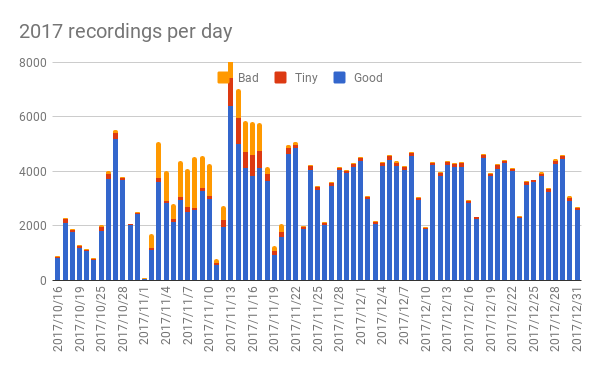
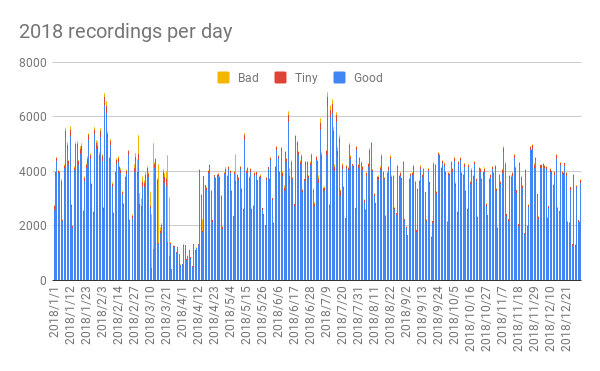
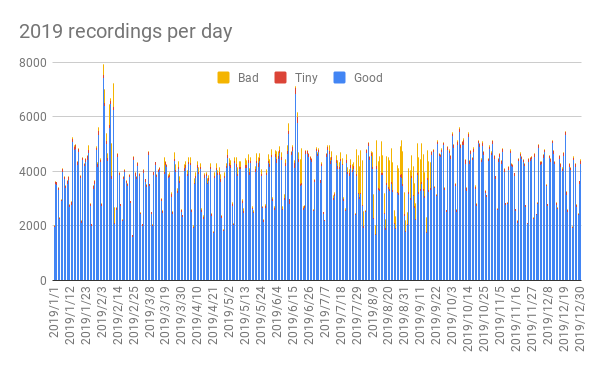
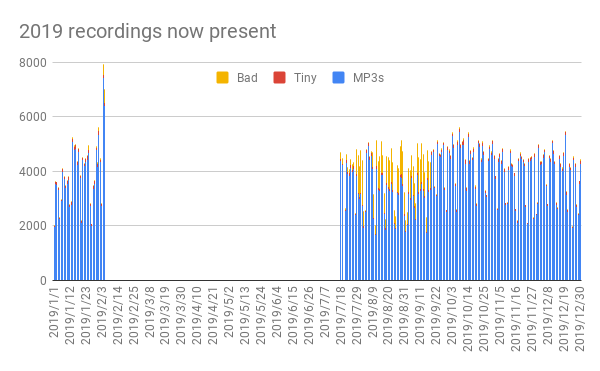
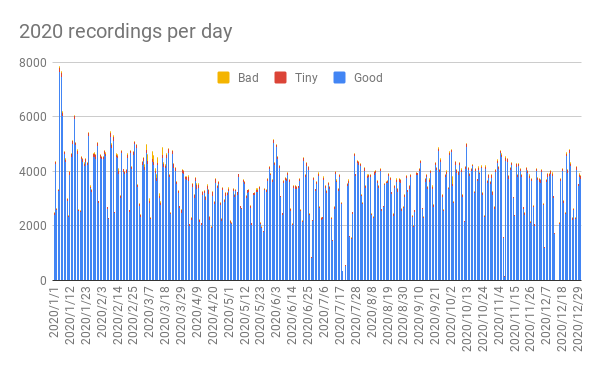
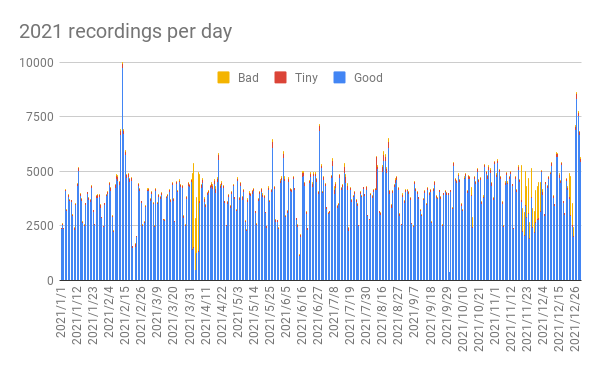
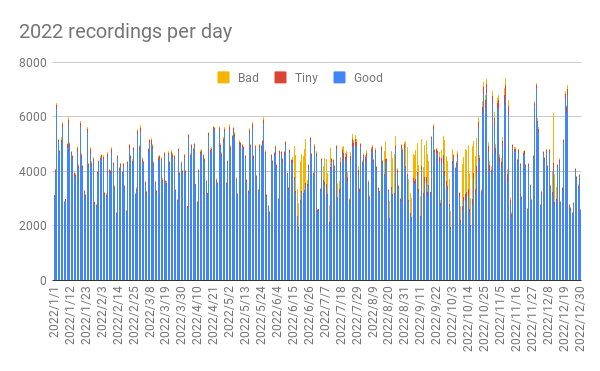
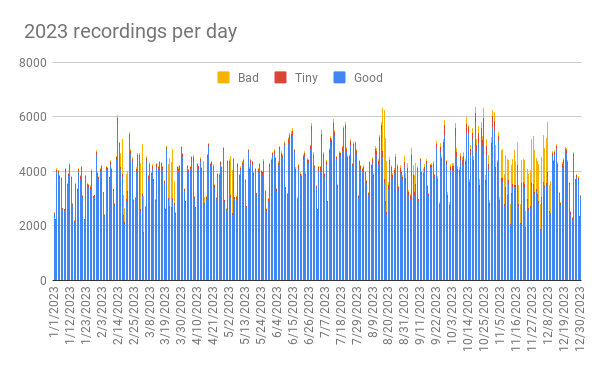
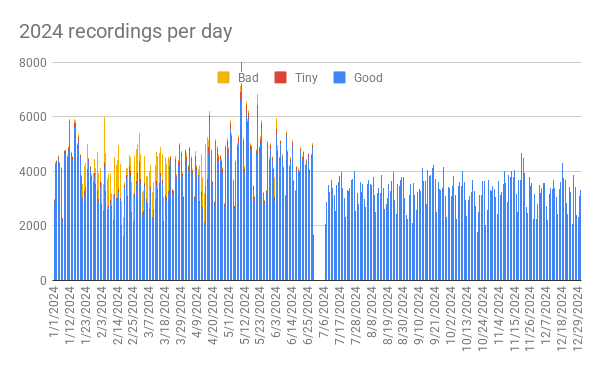
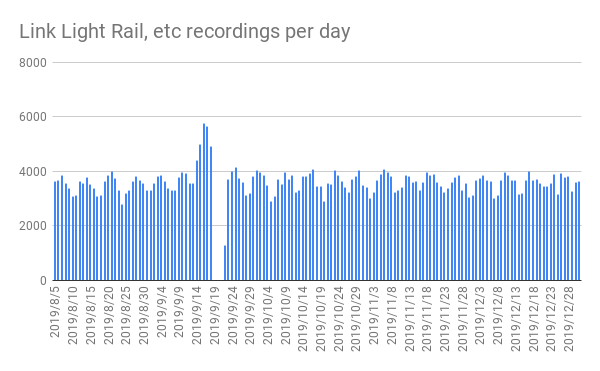
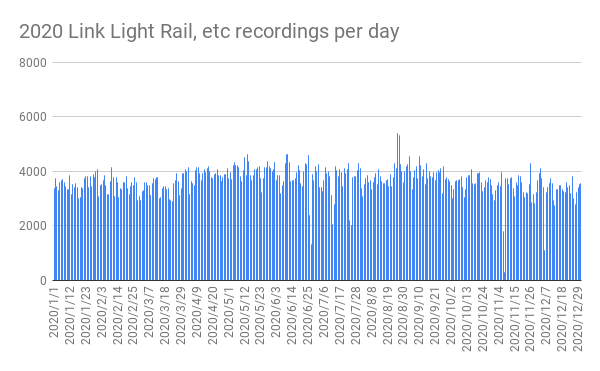
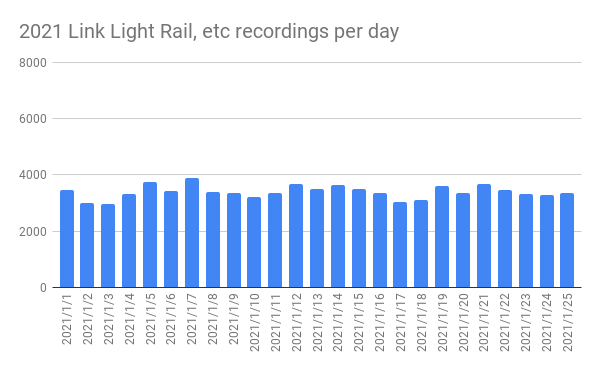
View of the radio spectrum in the area of the King County Metro Transit Trunking System as seen by
rtl_power:
